Although our transcription team has been working from home, they simultaneously have been traveling in Italy with Caroline Crane Marsh. Team members Ingrid Bower, Chris Burns, Erin Doyle, Hannah Johnson and Sharon Thayer are transcribing the diaries Caroline kept from 1861 to 1865 that reveal her enthusiasm for travel and adventure and her talent for vivid description. Following Caroline, the team has made virtual visits to the Piazza di Castello and the Casa d’Angennes in Turin, numerous Alpine peaks, a coastal village near Genoa, and an eleventh-century tower in Piobesi. This post pairs diary entries with images of just some of the places where the Marshes lived or visited during this period.
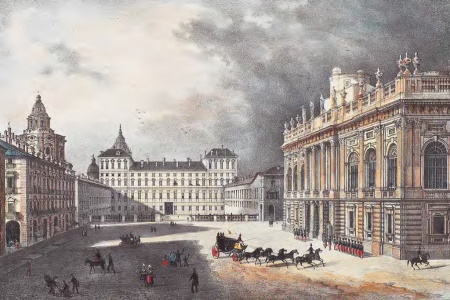
The Piazza di Castello, circa 1842. The Palazzo Reale is in the center, and the Palazzo Madama is on the right. Source: Wikimedia Commons.
The Marshes arrived in Turin in 1861, when George Perkins Marsh assumed his position as the first American minister to the newly united kingdom of Italy. Shortly after they arrived in early June, Mrs. Marsh wrote, “Our rooms are large and finely situated, being three front rooms in the Hotel de l’Europe, overlooking the principal square of the town and directly opposite the Royal Palace.” From their balcony, she noted, “We watch every movement in the fine piazza before us with all the interest that novelty and the prospect of a prolonged stay here would naturally excite.” In July, Caroline described a concert honoring a Swedish diplomat, when a vast crowd gathered in the Piazza di Castello. Mr M.,” she wrote, “thought that ten thousand did the numbers half justice.”
The Marshes left the hotel for an apartment in the seventeenth-century Casa d’ Angennes. They stayed until the end of 1861, when a large rent increase drove them to find lodging elsewhere. By November 1863, they had found a way to return to the Casa D’Angennes and Mrs. Marsh noted with satisfaction, “And here we are again after fifteen months once more in our fine Italian home.”
On Oct. 7, 1862, the Marshes climbed in the nearby Alps. Caroline’s diary entry for the day is typically evocative. She wrote, “Well were we repaid for the labour it had cost us. There stood Monte Rosa with all her eight spitzen, a most magnificent mountain-mass.” She continued, “Glorious as the mountains were, however, beautiful as the lakes at our feet … we could not help turning from these to gaze on the wonderful cloud-phenomena which presented themselves around and below us …. For two or three hours we watched, now the mighty chain of the Alps based on their everlasting foundations, and now the ever-shifting clouds that sometimes seemed a phantom-ocean heaving and surging below us, sometimes pillars of fire rising to a height that dwarfed the loftiest summit of the true mountains.”
The Marshes spent the winter of 1862-63 in the quiet coastal village of Pegli, near Genoa, where they took up residence in a hotel. Mr. Marsh worked in Turin during the week and on weekends returned to Pegli, where he forged ahead on “his most momentous work,” Man and Nature.
In a diary entry for November 7, 1862, Mrs. Marsh described a visit to Pegli’s beautiful Pallavicini Gardens, which she called “the chief wonder of the neighborhood.” The gardens, she wrote, were “… luxuriantly planted, and provided with walks, seats, rustic cabins, thatched sheds, marble temples, arches, imitations of old castles, Turkish kiosks, specimens of Greek, Egyptian, Chinese and Persian architecture, water falls, precipices, bridges—in short everything wealth and fancy can contrive.”
The Marshes spent the summer of 1863 in Piobesi at the Castello di Piobesi, located about twelve miles southwest of Turin, providing Mr. Marsh with a much shorter commute and a quiet setting to finish Man and Nature. Most of the castello dates to about 1830, but one tower remains to mark the site of a structure built in the eleventh century.
On April 5, Caroline wrote a diary entry after they ascended the old tower. She made it about halfway up, where from a seat in a window she could rest and look at a landscape “so sweet and quiet, the Alps so majestically grand, the sky so clear and blue, that I gave myself up at once to the mighty influence that nature is sometimes able to exert upon us…”
Note: The Caroline Crane Marsh diaries are part of the George Perkins Marsh Collection. They will be available online in the near future.
Submitted by Prudence Doherty, Public Services Librarian

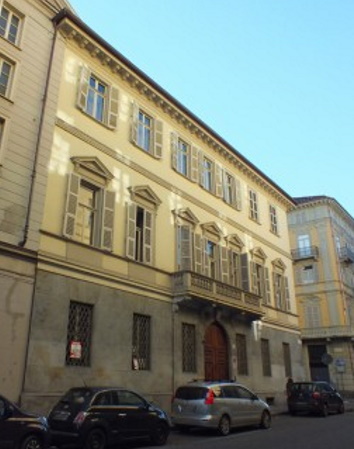
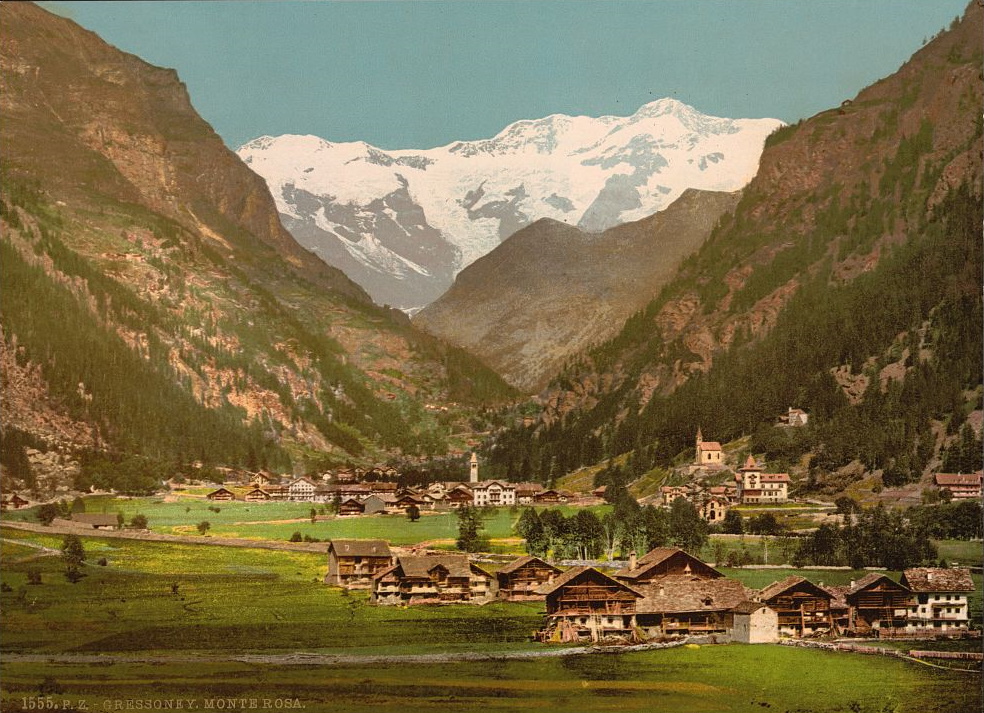
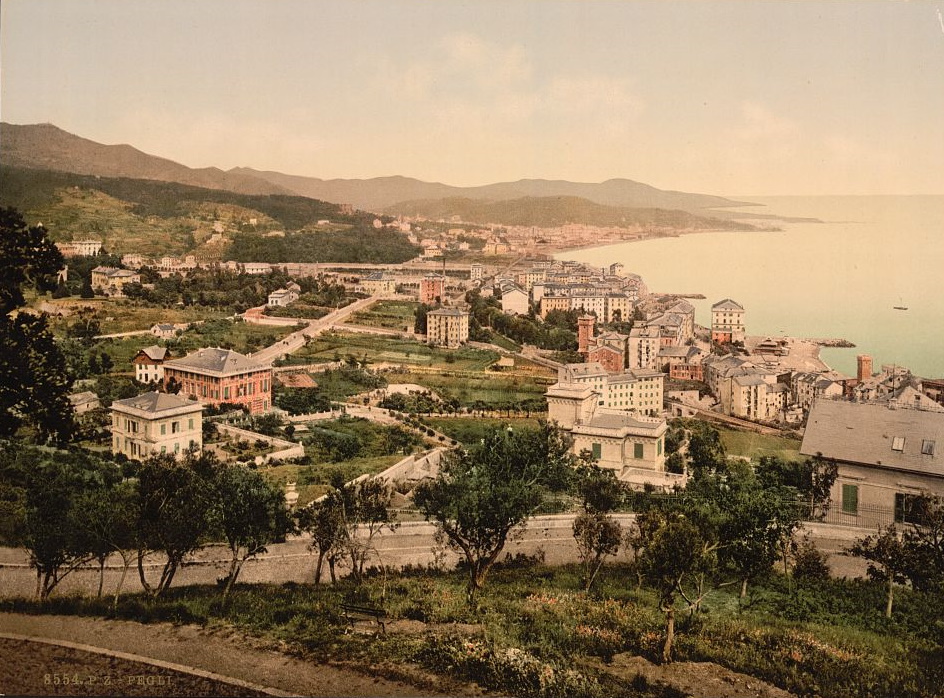
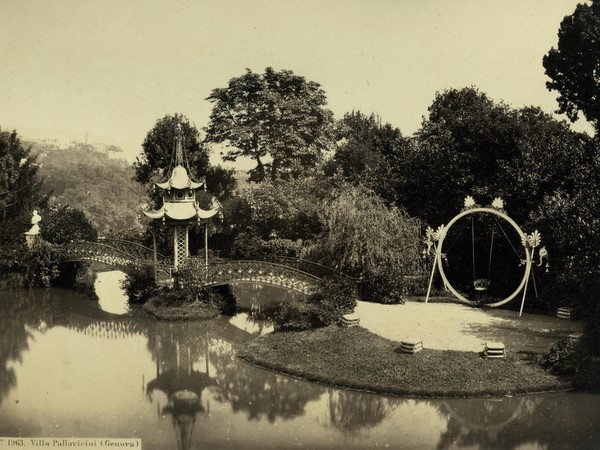
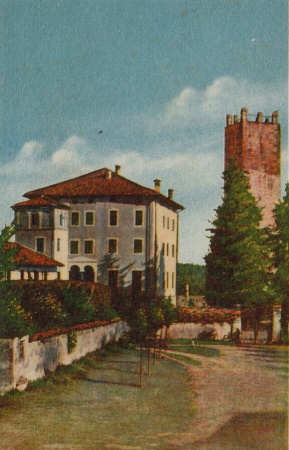
For some reason I just came across this blog! I’m delighted to learn of your work and happy that you are giving attention to Caroline’s diaries.